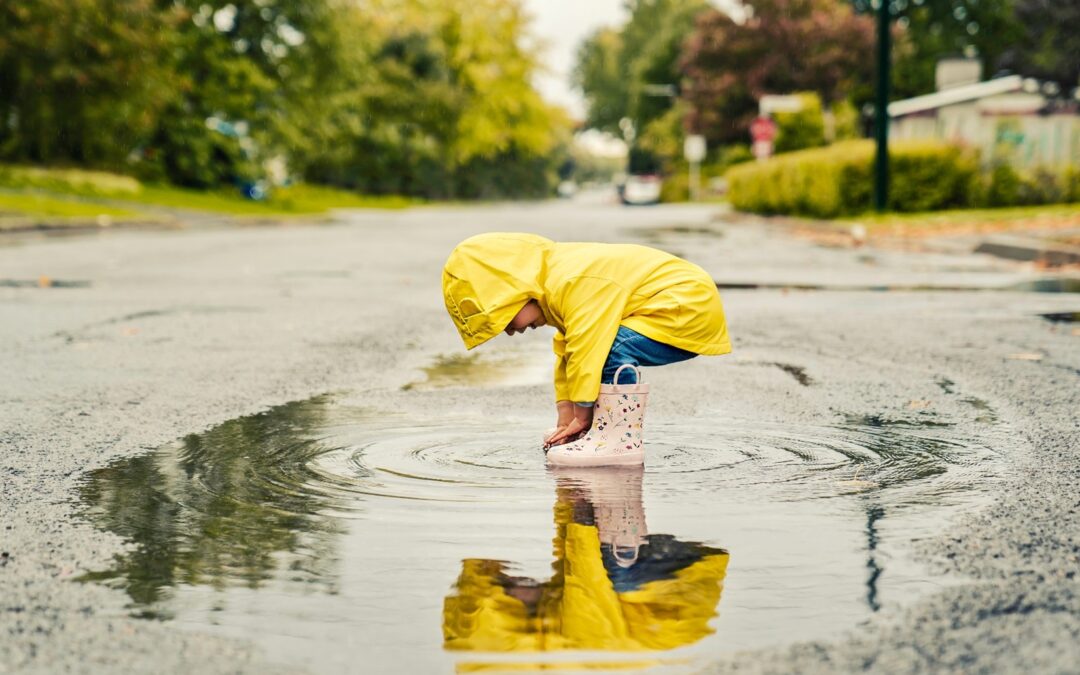If you’ve ever tried to prep dinner while your child attempts a one-person interpretive dance about pirate squirrels, you know the truth: screens are tempting. They’re also not the enemy. Used intentionally, screen time can be a helpful tool.
But kids also need chances to play, explore, build empathy, and use their imaginations without a glowing rectangle doing the work for them.
At Celebree School, we see firsthand how screen-free play strengthens problem solving, critical thinking, emotional regulation, and plain old joy. And we also know that parents are busy—really busy.
So here’s a practical, realistic guide to screen-free fun you can offer at home, with easy ideas for both shared activities and independent play.
Let’s start with the obvious confession: yes, sometimes boredom is the gateway to creativity. But we also want to avoid the kind of creativity that ends with a bathroom floor “washed” Cinderella-style. So these screen-free activities help kids stay engaged without requiring a full-time referee.
Activities You Can Do With Your Child
Connection, bonding, and just enough structure to keep the peace.
Indoor Ideas
- DIY Story Stones
Grab a few rocks from the yard, add simple drawings or stickers, and let your child pick stones to spark a silly story. Great for mixed-age siblings—everyone contributes. - Sock Puppet Mini-Theater
No sewing required. Just socks, markers, and maybe a button or two. Put on a show together, or let each child create a character to use again later. - Painter’s Tape Roads
A roll of painter’s tape = indoor highways for cars, animals, or dolls. Build streets, parking lots, or even a little “town.” Low mess, high joy. - Kitchen Band Time
Wooden spoons, plastic bowls, dry rice in a sealed container—instant (chaotic yet adorable) percussion ensemble.
Outdoor Ideas
- A Family Nature Walk With a Twist
Give two choices: “Shall we look for things that are round or things that are soft?” Kids enjoy picking the challenge themselves. - Bird Seed Sensory Bin
A bin, some bird seed, and scoops or small toys. It’s calming, surprisingly neat outdoors, and great for little hands. - Shadow Tag
Instead of chasing each other, try to “step on” each other’s shadows. This levels the playing field for younger kids.
Activities To Support Independent Play
For when you’re cooking, answering email, or trying to remember where you put your coffee…
Indoor Ideas
- Sticker Collages
Stickers and paper are bliss for most preschoolers. Bonus: peeling stickers works those fine motor muscles. - Treasure Basket
Fill a small basket with interesting but safe household items: measuring cups, sponges, wooden spoons, scarves. Rotate items weekly to keep it fresh. - Build-It Station
Blocks, paper towel tubes, cups, tape—kids build towers, ramps, or “cities.” Give them a simple prompt before stepping away:
“Can you build something taller than your knee?” - Color Sorting Challenge
Provide containers and a pile of everyday items (toy animals, blocks, pom poms). Let your child sort them however they choose.
Outdoor Ideas
- Paint with Water
A bucket of water and a paintbrush magically turn the driveway into an art studio. - Nature Scavenger Hunt
Keep it open-ended. Encourage your child to, “Find three things that feel different.” This lets kids explore without needing constant guidance. - Bubble Time
Sometimes the simple things win. A bottle of bubbles can buy you twenty minutes of peace—and your child gets movement and sensory play. You can also learn how to make your own bubble solution if you want to go the extra mile.
A Note for Families With One Child
Solo kiddos may crave more interaction (and turn into your personal cruise director). Try:
- Setting up two choices: “Do you want to do water painting or your treasure basket?”
- Giving a “starting moment” by playing the first minute with them, then stepping away.
- Leaving out enticing materials the night before, so mornings start off with an invitation, not a plea.
A Note for Families With Siblings
Ah yes—the magical moment when siblings play beautifully… followed by the five-second argument over who has “the better crayon.” To help:
- Use clearly defined spaces or “stations” and rotate every few minutes.
- Give each child their own set of supplies when possible.
- Set expectations up front. Let them know, “If you need help solving a problem, you are capable of working it out, but if you need me, come find me.”
Keep It Easy, Keep It Fun
A quick reminder: screen-free time shouldn’t feel like a second job. Focus on manageable, budget-friendly materials and activities you can repeat. And make cleanup part of the experience. Mary Poppins wasn’t wrong.
Screens will always be around. But moments of play, choice, creativity, and connection? Those shape the whole child.
Whether it’s a rainy Saturday, a holiday break, or just a regular Tuesday afternoon, we hope this list gives you a little inspiration—and a little breathing room—so your child can have fun simply being a kid.
If you’d ever like more ideas, our teachers at Celebree are full of them. After all, nurturing curious, confident learners is what we do every day.

